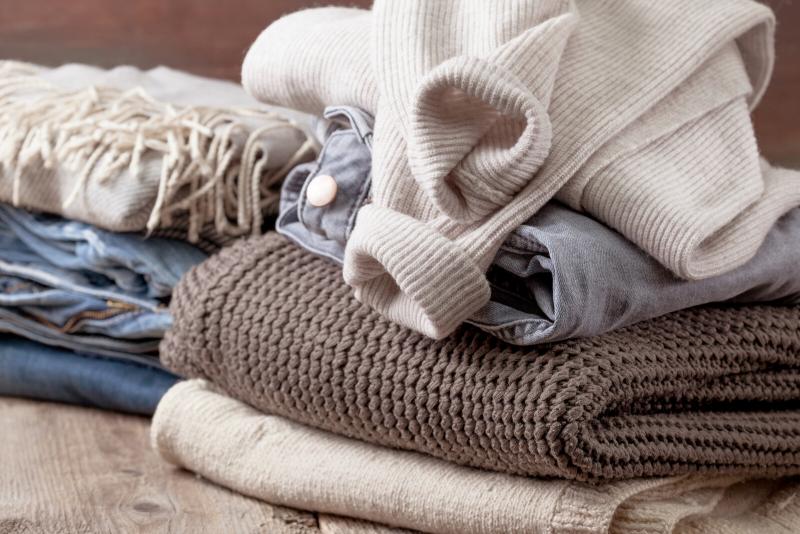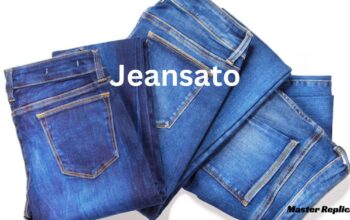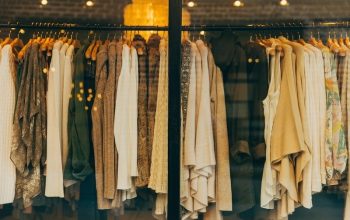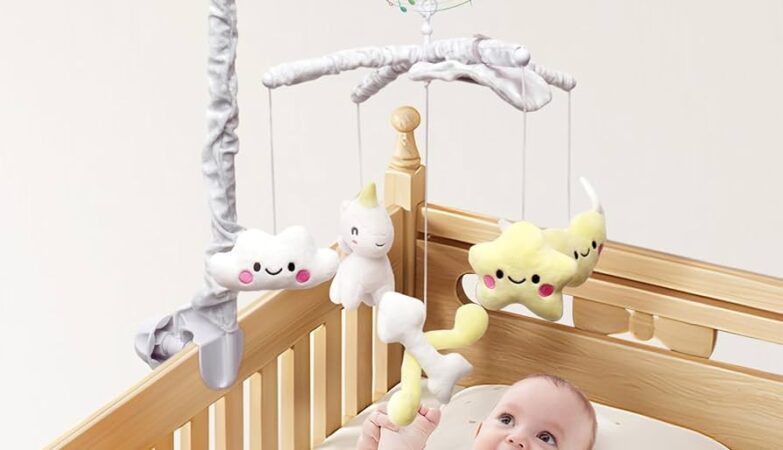In the fast-paced world of fashion, where trends change as quickly as the seasons, the environmental impact of clothing production often takes a back seat. However, as global awareness about climate change and environmental sustainability grows, the fashion industry is experiencing a paradigm shift towards eco-friendly fabrics. This shift is driven by the need to reduce the colossal amount of waste and pollution associated with traditional clothing production. In this article, we will explore the rise of eco-friendly fabrics, their impact on the environment, and how they are shaping the future of the fashion industry.
The Environmental Toll of Eco-Friendly Fabrics
Traditional fabrics like leather, cotton, and polyester have long been staples in the fashion industry. However, their production involves significant environmental costs. Leather, for instance, is derived from animal hides and requires vast amounts of water, energy, and chemicals in the tanning process. Cotton, while a natural fiber, is notorious for its water-intensive cultivation and the widespread use of pesticides.
Polyester, a synthetic fabric, is derived from petroleum-based products and has become synonymous with fast fashion due to its low production costs. Yet, it has a detrimental impact on the environment, releasing harmful chemicals during its production and shedding microfibers into oceans during its use.
The Eco-Friendly Alternatives
To combat the environmental impacts of traditional fabrics, the fashion industry is increasingly turning towards eco-friendly alternatives. These alternatives include fabrics made from bamboo, hemp, piñatex, lyocell, and even pineapple fibers.
- Bamboo: Known for its rapid growth and minimal environmental impact, bamboo is a versatile material for clothing production. Bamboo fabrics are soft, breathable, and naturally antibacterial, requiring less water and chemicals during cultivation.
- Hemp: Hemp is a resilient plant that requires minimal water and pesticides to thrive. Hemp fabrics are durable, breathable, and biodegradable, making them an excellent choice for sustainable clothing.
- Piñatex (Pineapple Fiber): An innovative and cruelty-free alternative to leather, piñatex is made from pineapple leaf fibers. This byproduct of the pineapple industry utilizes agricultural waste, reducing the need for additional resources.
- Lyocell: Also known as Tencel, lyocell is a fiber made from wood pulp, often sourced from sustainably managed forests. The production process is closed-loop, meaning that the solvents used are recycled, minimizing environmental impact.
Changing the Landscape of Fashion Production
The adoption of eco-friendly fabrics is not only about changing the materials used but also revolutionizing the way clothing is produced. Sustainable fashion brands are prioritizing ethical and environmentally conscious practices, from sourcing raw materials to the manufacturing process.
- Reducing Chemical Usage: Eco-friendly fabrics often involve minimal chemical treatments during production. This reduces the release of harmful substances into the environment, protecting both ecosystems and the health of workers in the industry.
- Conserving Water Resources: Traditional fabric production is notorious for its water-intensive processes. Eco-friendly fabrics like bamboo and hemp require significantly less water for cultivation, helping to address the global water scarcity issue.
- Embracing Circular Fashion: Many sustainable brands are adopting a circular fashion model, encouraging consumers to recycle and upcycle their clothing. This approach minimizes the amount of textile waste ending up in landfills and extends the lifespan of garments.
- Innovative Techniques: Advancements in technology have paved the way for innovative production techniques. For example, some brands are exploring 3D knitting and on-demand manufacturing, reducing excess inventory and waste.
Impacts on the Fashion Industry and Consumer Choices
The adoption of eco-friendly fabrics is not just a trend; it’s a transformative force reshaping the fashion industry. Consumers are becoming more conscious of the environmental impact of their clothing choices and are actively seeking sustainable alternatives. As a result, fashion brands are under increasing pressure to adopt eco-friendly practices throughout their supply chains.
- Brand Accountability: Consumers are holding fashion brands accountable for their environmental practices. Brands that prioritize sustainability are gaining popularity, and those lagging behind are facing scrutiny for their contribution to environmental degradation.
- Educating Consumers: The rise of eco-friendly fabrics has prompted an increase in consumer education about the environmental impact of clothing production. As consumers become more informed, they are making choices that align with their values, favoring brands that prioritize sustainability.
- Market Growth: The demand for eco-friendly fabrics is driving market growth in the sustainable fashion sector. As a result, more brands are entering the market, offering a diverse range of sustainable options to cater to the growing environmentally conscious consumer base.
Challenges and Future Considerations
While the shift towards eco-friendly fabrics is promising, challenges persist in making the fashion industry truly sustainable.
- Cost Considerations: Sustainable fabrics and ethical practices often come with higher production costs. This can make eco-friendly fashion less accessible to certain demographics, limiting the inclusivity of sustainable practices.
- Mass Adoption: Despite the growing popularity of eco-friendly fabrics, the mass adoption of sustainable practices across the entire fashion industry is still a work in progress. Many mainstream brands are yet to fully embrace sustainable alternatives.
- Consumer Behavior: Changing consumer behavior is a gradual process. While awareness is increasing, there is still a need for a more widespread shift in consumer attitudes towards long-term sustainability over fast fashion trends.
Conclusion
The rise of eco-friendly fabrics marks a pivotal moment in the fashion industry’s journey towards sustainability. As consumers become more conscious of the environmental impacts of their clothing choices, fashion brands are compelled to adopt eco-friendly alternatives and ethical practices. The use of innovative materials and production techniques is not only reducing the industry’s carbon footprint but also reshaping the way we perceive and consume fashion. As we navigate towards a more sustainable future, the fashion industry has the power to set a precedent for responsible and mindful consumption, proving that style and environmental consciousness can indeed coexist harmoniously.








